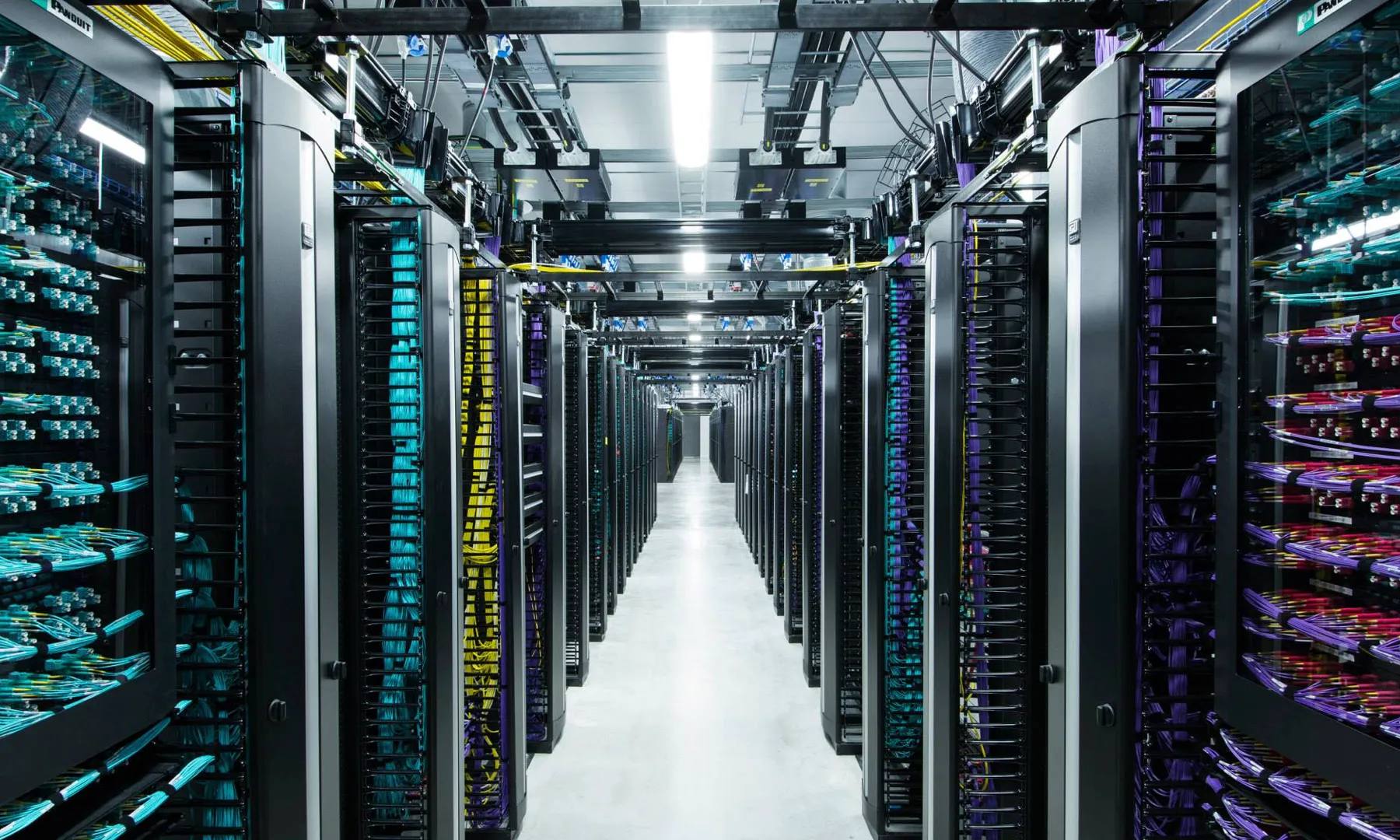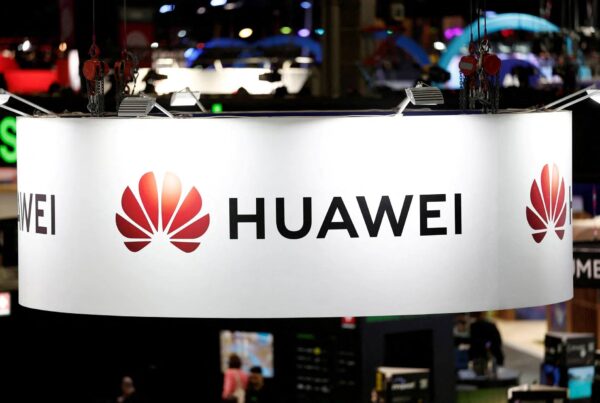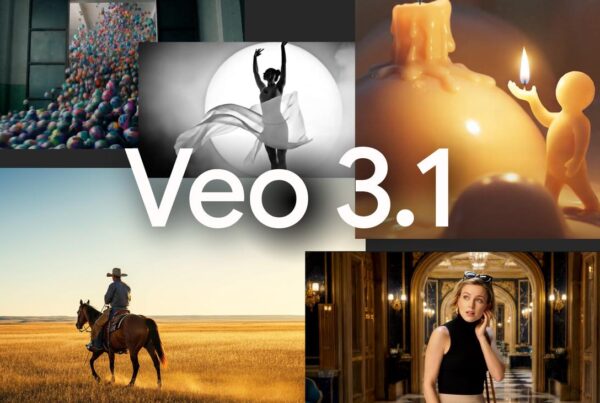The current AI Boom feels like an overnight revolution, transforming industries from creative arts to enterprise software with breathtaking speed. Tools like ChatGPT, Midjourney, and Sora have captured the public imagination, making artificial intelligence a household topic. However, this sudden explosion was not born in a vacuum. It is the culmination of over 70 years of research, marked by periods of fervent optimism, crushing disappointment, and slow, incremental progress. The seeds of today’s AI were planted long ago, but they required a very specific technological ecosystem to finally germinate and flourish.
The journey of artificial intelligence has been a rollercoaster of hype and disillusionment, famously characterized by periods known as “AI Winters.” These were times when funding dried up and mainstream interest waned after the technology failed to live up to its grandiose promises. Understanding these winters is crucial to appreciating why the current AI boom is different and far more resilient. The core ideas behind neural networks, for instance, have existed since the 1950s. Yet, for decades, they remained largely theoretical, confined to academic labs because the essential ingredients for their success—massive data and powerful computation—were simply missing.
The Long Winters: A History of Hype and Disappointment
The story of AI’s slow start is fundamentally a story of limitations. Early pioneers dreamed of creating machines that could think and reason like humans, but they were armed with technology that was orders of magnitude weaker than the smartphones we carry today. This mismatch between ambition and capability led to cycles of boom and bust, creating a landscape of unfulfilled potential that defined much of AI’s history until the last decade.
These periods of stagnation, or “AI Winters,” were critical. They tempered expectations and forced researchers to focus on more practical, achievable goals. The first winter arrived in the mid-1970s after early successes in game-playing and logical proofs failed to translate into solutions for complex, real-world problems. A second winter followed in the late 1980s with the collapse of the “expert systems” market. Each time, the field had to rebuild, learning valuable lessons about the true challenges of replicating intelligence.
The Promise and Peril of Early Symbolic AI
The birth of AI as a formal field is often traced to the Dartmouth Workshop in 1956, where leading researchers gathered to explore the possibility of creating thinking machines. This era was dominated by “symbolic AI” or “Good Old-Fashioned AI” (GOFAI). The approach was based on the idea that human intelligence could be replicated by manipulating symbols according to a set of logical rules. Researchers believed that if they could just codify enough human knowledge and rules of logic into a machine, it could reason intelligently.
This method yielded some early, impressive results. Programs were developed that could solve complex algebra problems, prove mathematical theorems, and play games like checkers at a respectable level. The success generated immense excitement, leading to bold predictions. In 1965, AI pioneer Herbert A. Simon famously declared that “machines will be capable, within twenty years, of doing any work a man can do.” However, this optimism soon collided with harsh reality.
The symbolic approach proved to be incredibly brittle. While effective in well-defined, closed systems like a chessboard, it failed spectacularly when faced with the ambiguity and complexity of the real world. Tasks that are effortless for humans, like recognizing a face in a crowd or understanding the nuance of a sentence, were nearly impossible to program with explicit rules. The sheer number of potential variables was overwhelming, a problem known as the “combinatorial explosion.” By the mid-1970s, funding agencies like DARPA grew frustrated with the lack of progress, cutting financial support and plunging the field into its first AI Winter.
Navigating the Second Winter and the Rise of Machine Learning
After a period of quiet, AI saw a resurgence in the 1980s with the rise of “expert systems.” These were sophisticated programs designed to emulate the decision-making ability of a human expert in a specific domain, like medical diagnosis or financial analysis. Companies invested billions, hoping to capture the knowledge of their top employees in software. For a time, it seemed like a successful commercial application of AI had finally arrived.
However, like their predecessors, expert systems had fundamental flaws. They were expensive to build, difficult to maintain, and unable to learn or adapt on their own. Each rule had to be painstakingly programmed by human experts. When the market for these specialized systems collapsed in the late 1980s and early 1990s, AI entered its second winter. This period of disillusionment, however, paved the way for a crucial paradigm shift.
Frustrated with the limitations of rule-based systems, researchers began to gravitate towards a different approach: machine learning. Instead of telling the computer exactly how to solve a problem, machine learning allows the computer to learn from data. Early algorithms like decision trees and support vector machines began to show promise. Furthermore, the concept of neural networks, which had been sidelined for decades, saw a revival with the popularization of the backpropagation algorithm, a method for efficiently training them. Despite these algorithmic advances, progress remained slow. The computers of the day were still not powerful enough, and large datasets were not yet available to truly unlock their potential.
The Three Pillars Fueling the Modern AI Boom
The end of the last AI Winter and the beginning of the current explosive growth can be attributed to a “perfect storm”—the simultaneous convergence of three critical factors that had been developing independently for decades. It wasn’t one single breakthrough but the synergistic combination of immense computing power, the availability of vast datasets, and significant algorithmic innovations that finally provided the right conditions for AI to thrive.
This trifecta created a virtuous cycle. Better algorithms demanded more data and processing power. The availability of more data and power enabled the development of even more complex algorithms. This self-reinforcing loop began to accelerate around the early 2010s, pushing AI capabilities from incremental improvements to exponential leaps and igniting the AI Boom we are witnessing today.
The Computing Power Revolution
For most of its history, AI research was severely constrained by computational bottlenecks. Training a moderately complex neural network in the 1990s could take weeks or even months on the best hardware available. This made experimentation slow and iteration nearly impossible. The game-changer was the graphics processing unit, or GPU. Originally designed to render complex graphics for video games, GPUs are built for parallel processing—performing many simple calculations simultaneously.
Researchers realized that the architecture of GPUs was perfectly suited for the mathematics of neural networks. In the mid-2000s, frameworks like NVIDIA’s CUDA allowed developers to harness this parallel power for general-purpose computing. Suddenly, the time it took to train AI models was slashed from months to days, and eventually to hours. This acceleration in processing capability, which has continued to follow an exponential trend, allowed researchers to build and test much larger and deeper neural networks, paving the way for the field of “deep learning.”
The rise of cloud computing further democratized access to this power. Companies like Amazon Web Services (AWS), Google Cloud, and Microsoft Azure made vast computational resources available on demand. Now, a small startup or even an individual researcher could rent a supercomputer’s worth of power for a fraction of the cost of owning one. This removed one of the biggest historical barriers to entry in AI development, unleashing a wave of innovation.
Big Data: The Fuel for Intelligent Machines
An algorithm, no matter how sophisticated, is useless without data to learn from. The second pillar of the modern AI boom is the unprecedented explosion of digital data. The rise of the internet, social media, smartphones, and the Internet of Things (IoT) has generated an astronomical amount of information in the form of text, images, videos, and sensor readings. For the first time, researchers had the raw material needed to train AI models on a scale that mimics the richness of the real world.
A pivotal moment came in 2009 with the creation of ImageNet, a massive, freely available database containing over 14 million hand-annotated images. The annual ImageNet Large Scale Visual Recognition Challenge (ILSVRC) spurred intense competition among research teams to build the best image recognition models. In 2012, a deep learning model named AlexNet, powered by GPUs, achieved a stunning victory, shattering previous records. This event is widely seen as the “big bang” moment for deep learning, proving its superiority over traditional methods and attracting massive investment from the tech industry.
This principle extends beyond images. Large language models like GPT-3 and its successors are trained on colossal datasets scraped from the internet, containing hundreds of billions of words from books, websites, and articles. This massive exposure to human language is what allows them to generate coherent, contextually relevant text. In short, big data transformed AI from a data-starved field into a data-driven one.
Breakthroughs in Algorithms and the Transformer Architecture
While more data and faster computers were essential, the AI Boom also required smarter algorithms. Deep learning, which involves neural networks with many layers, was a major step forward. But one specific innovation in 2017 truly unlocked the potential of modern AI: the Transformer architecture. Introduced by Google researchers in a paper titled “Attention Is All You Need,” this new model design revolutionized how machines process sequential data, particularly text.
Before the Transformer, models processed text word by word in sequence, which made it difficult to keep track of long-range dependencies and context. The Transformer’s key innovation, the “self-attention mechanism,” allows the model to weigh the importance of all words in the input simultaneously, no matter how far apart they are. This enables a much deeper and more nuanced understanding of language.
The Transformer architecture is the foundation for nearly all modern large language models (LLMs), including the “T” in ChatGPT. It was so effective that its principles were soon adapted for other domains, including image and music generation. This algorithmic breakthrough was the final piece of the puzzle, providing the sophisticated “engine” needed to effectively process the massive fuel of big data using the powerful hardware of modern GPUs.
The convergence of these three forces—limitless computation, vast datasets, and breakthrough algorithms—has created the powerful wave of innovation we see today. The AI boom is not a fleeting trend but the result of a technological foundation that has been methodically built, piece by piece, over decades of persistent research. As these pillars continue to grow stronger, the capabilities of artificial intelligence are set to expand in ways we are only beginning to comprehend.
To stay updated on the latest developments in technology and artificial intelligence, continue exploring insightful articles on Olam News.









